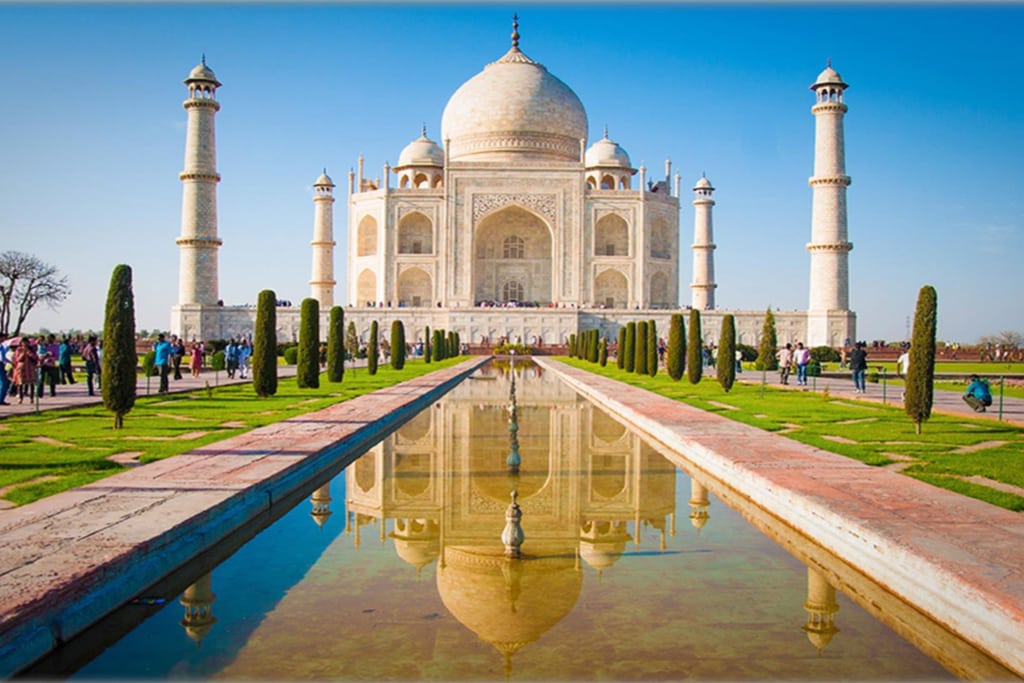Profitability Is Not On the Horizon for India's MakeMyTrip as Price Wars Take Hold

Skift Take
India has many homegrown online travel players, but only a couple will thrive. MakeMyTrip will be one of the survivors, but it may take until 2022 for it to achieve profitability. Expect it to make more acquisitions and investments to consolidate market share.
MakeMyTrip, India’s largest online travel company, was supposed to have defeated its rivals and cruised to profitability by now — if you had believed the predictions of experts about five years ago.
Investors have been enthusiastic. In 2017, India was the second-largest country for travel startup funding after the U.S., according to Skift Research's Venture Investment Trends and Startup Opportunities in Travel 2018 report.
But India has not repeated a middle-class expansion at the same pace that China did. While hundreds of millions of Indians have improved their fortunes, most are still are not yet feeling flush enough to spend heavily on online travel.
In fact, the overall move from offline to online sales has slowed. In 2016, the country's e-commerce sales for all types of goods was almost no higher than the year before. While things have picked up in 2017, the pace has not been torrid.
Against that backdrop, MakeMyTrip shines for its relatively fast pace of growth. On Thursday it released its financial results for the third-quarter ending December 31, 2017.
The company, which operates the MakeMyTrip, Ibibo/Goibibo, and Redbus brands, saw revenues rise to $172.5 million, a 36 percent increase from the same period last year.
Yet profitability is not in sight.
For the third quarter, if one excludes expenses related to its merger a year ago with online travel company Ibibo, losses on an ongoing operational basis essentially narrowed from $45 million a year ago to $33.9 million.
But a couple of investment analysts struggle to see MakeMyTrip achieving sustained profitability for years to come. A look at the trend over the past year shows that the company has been ramping up its ma

